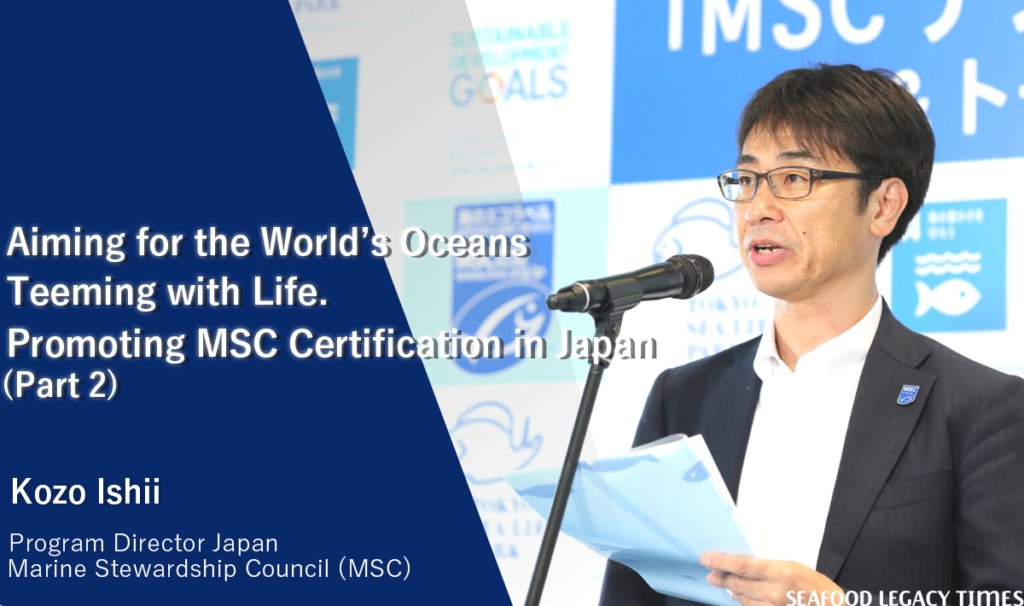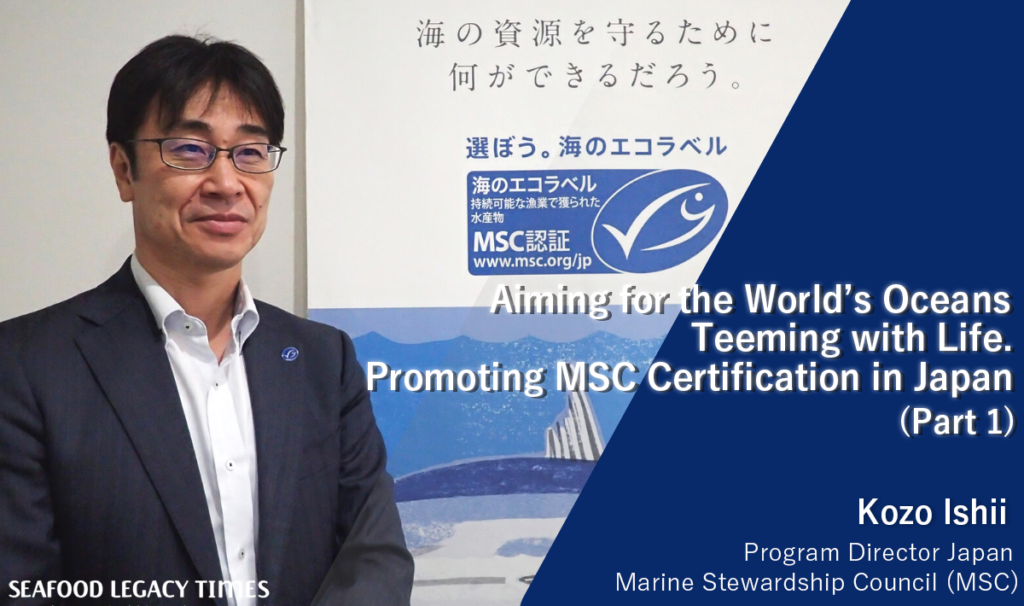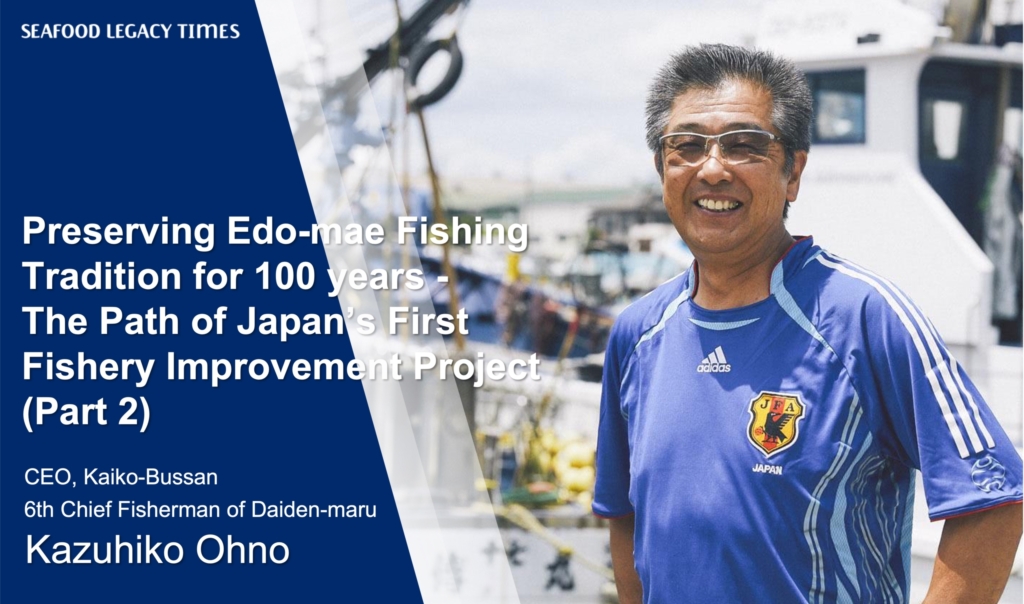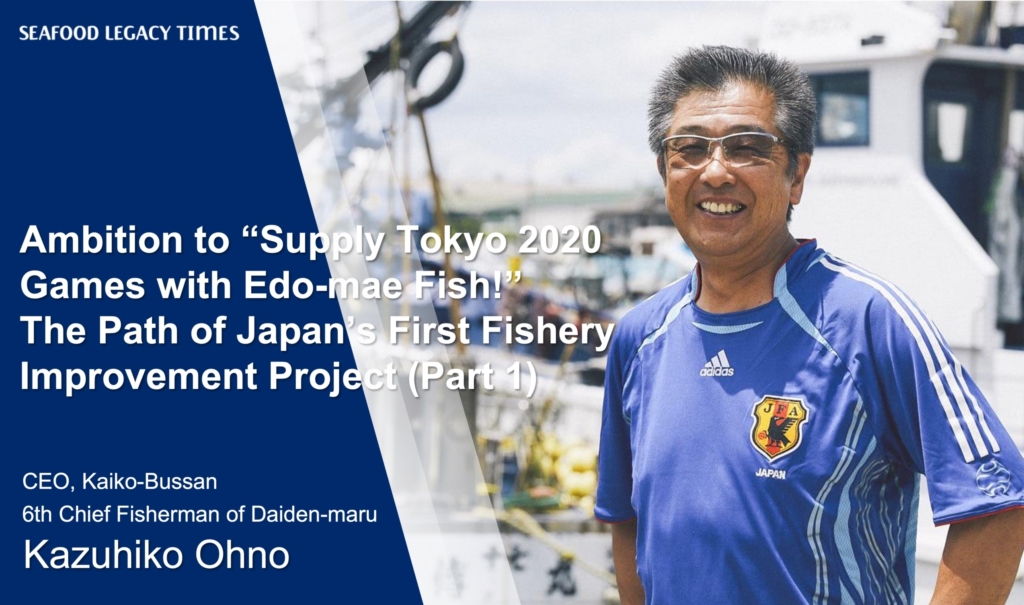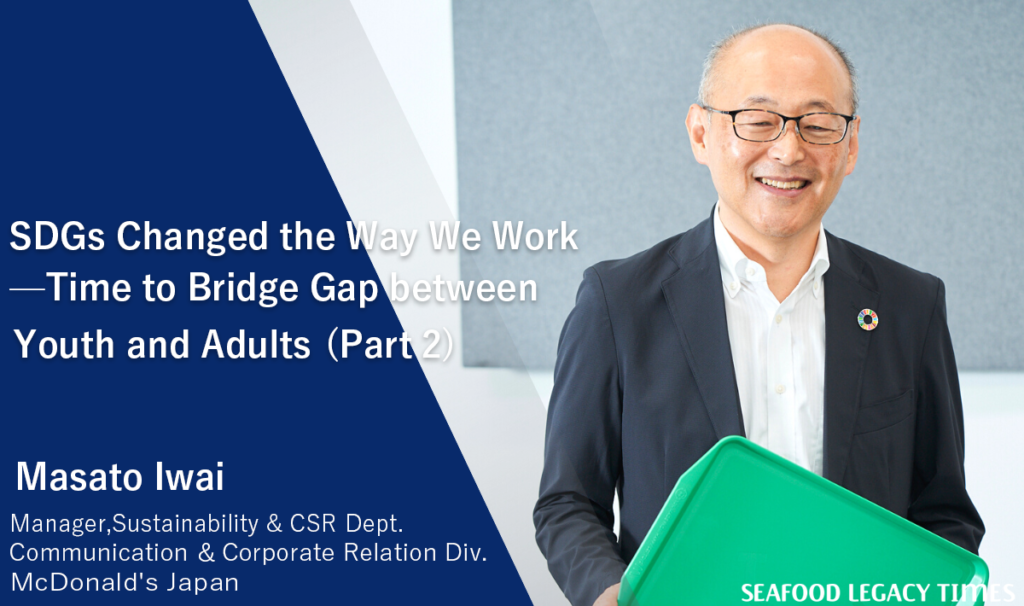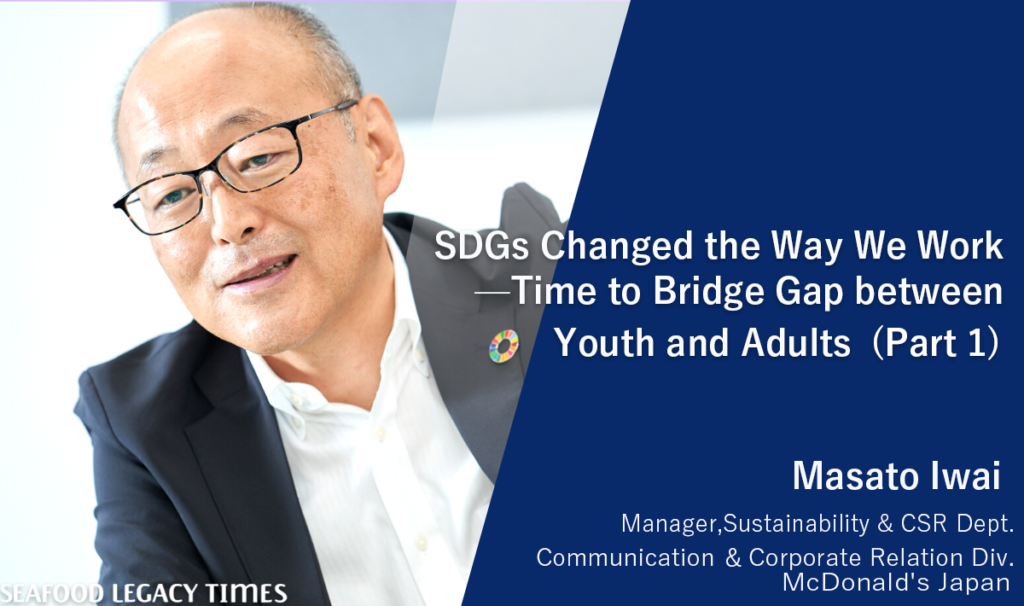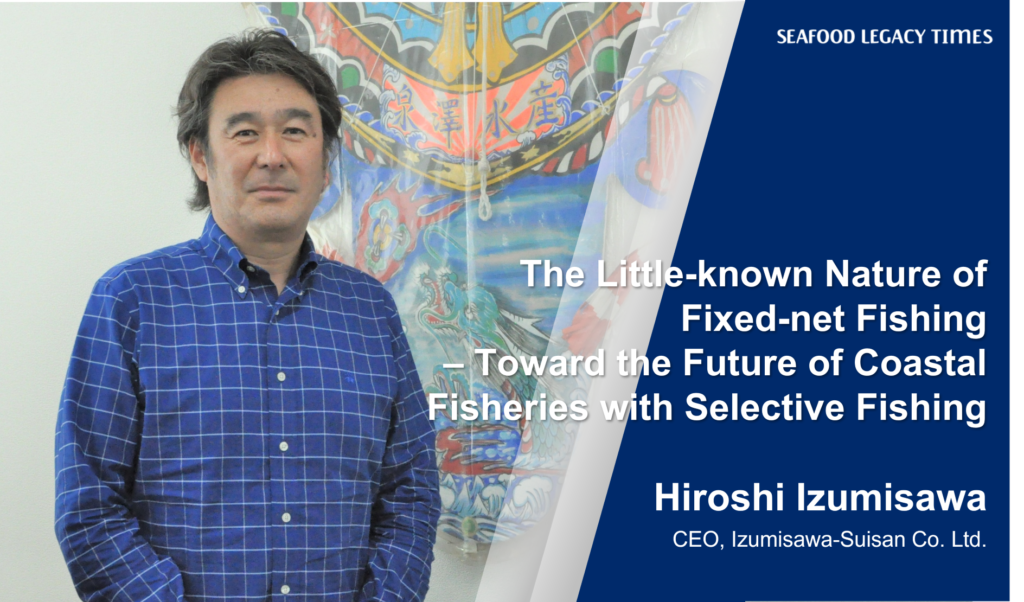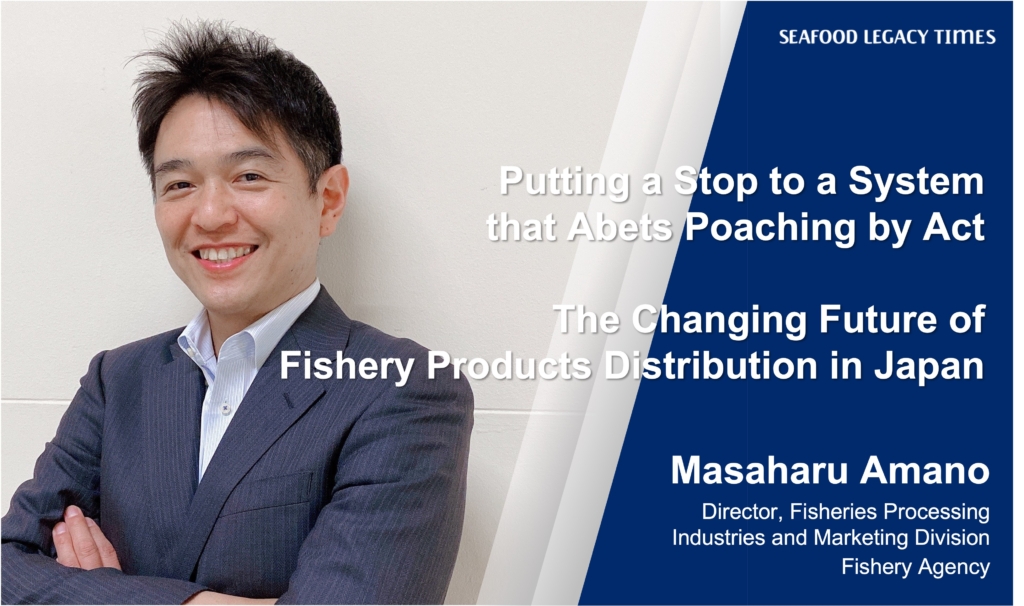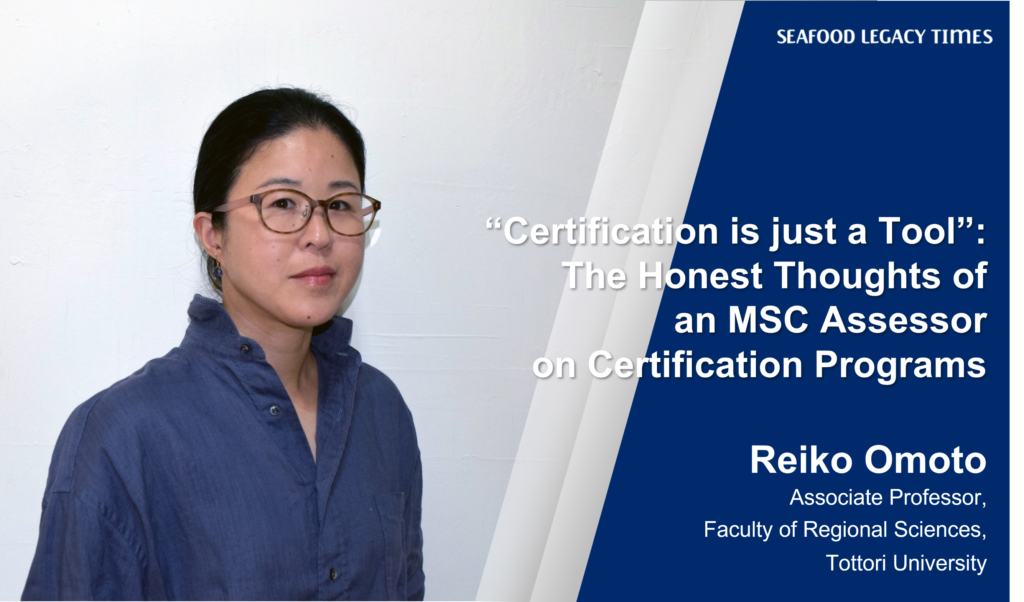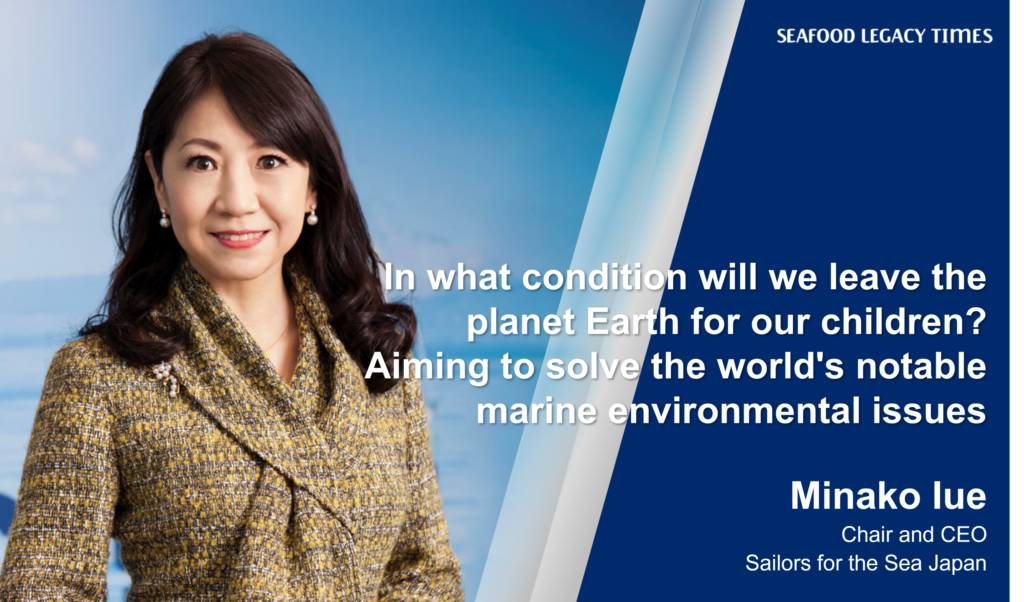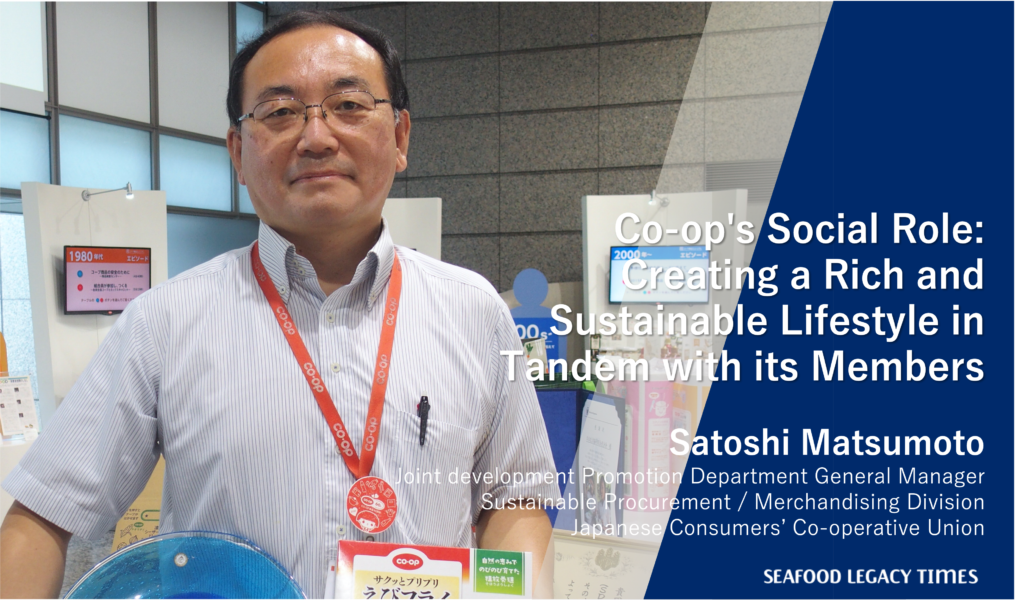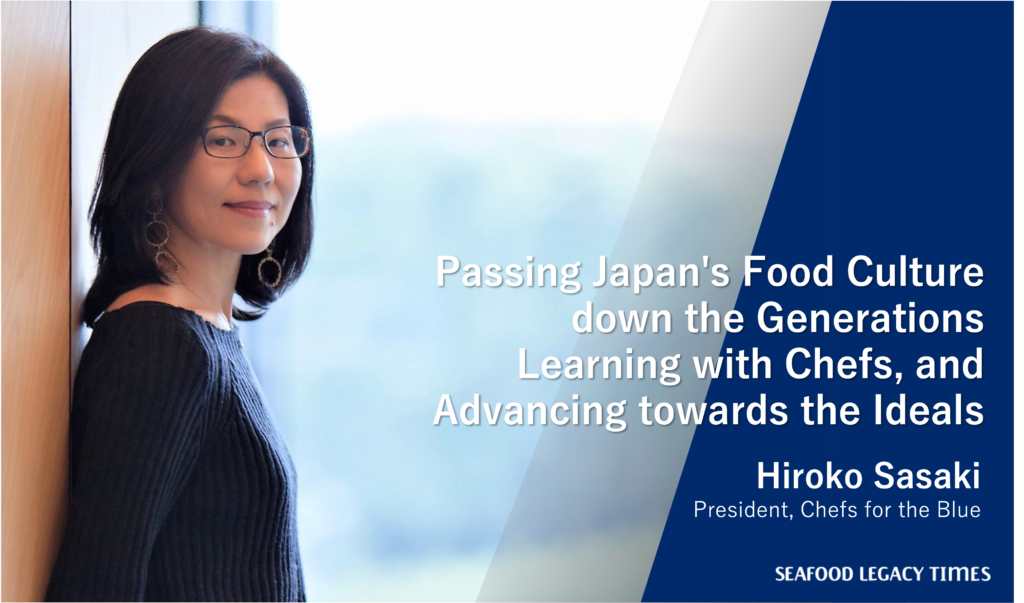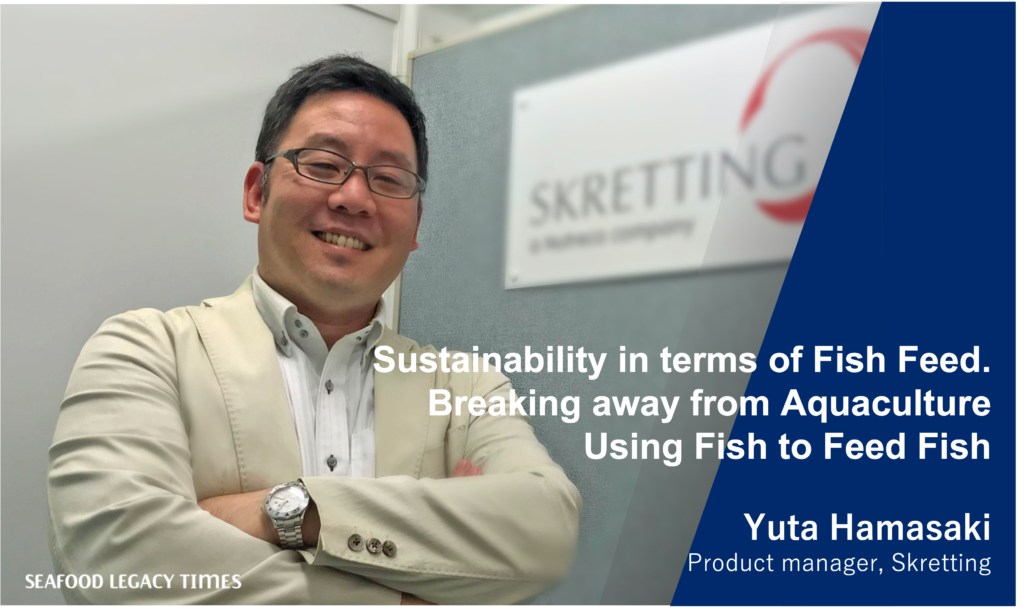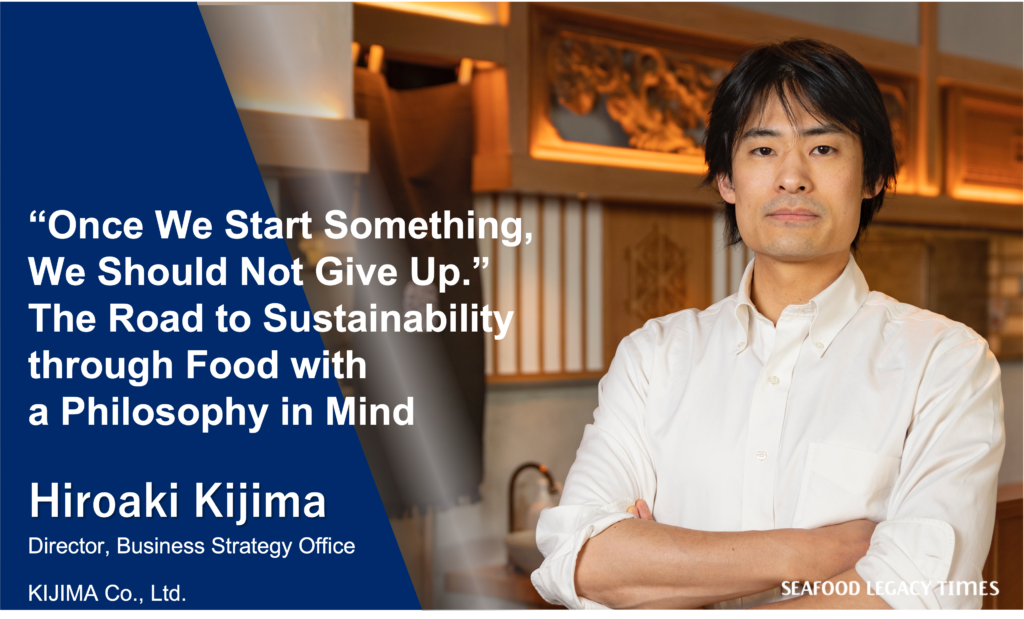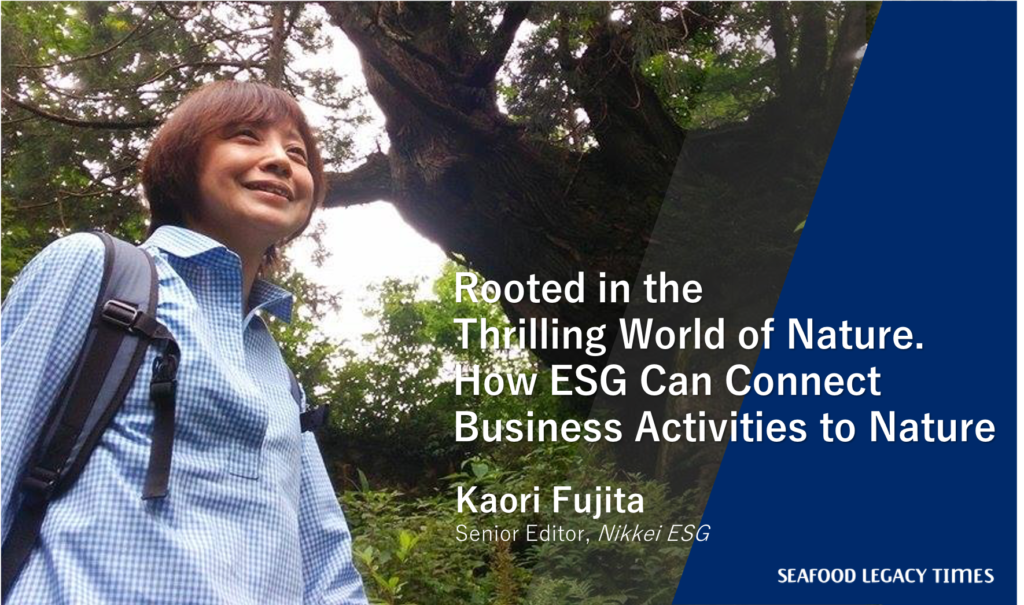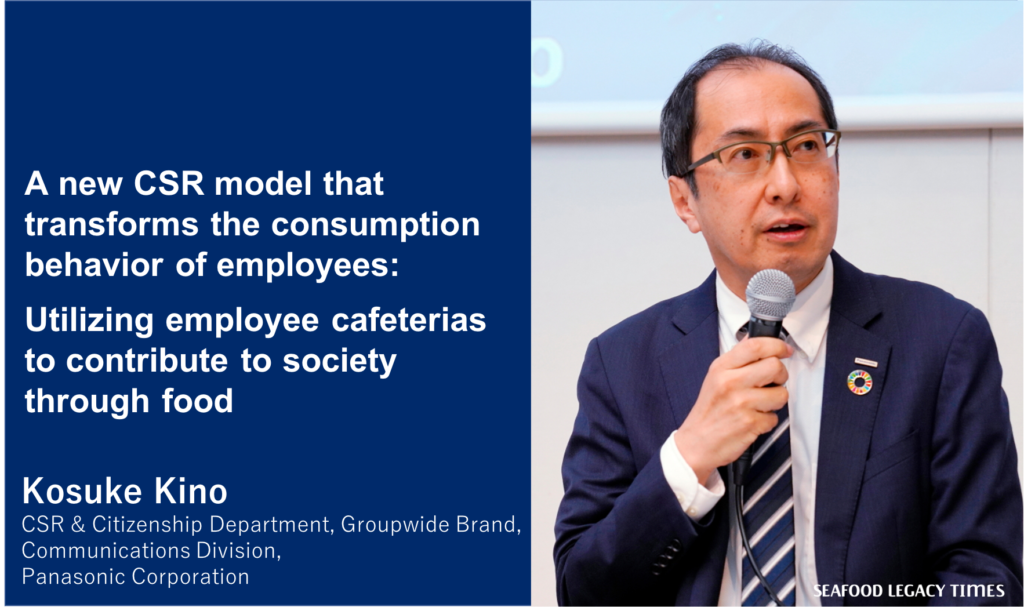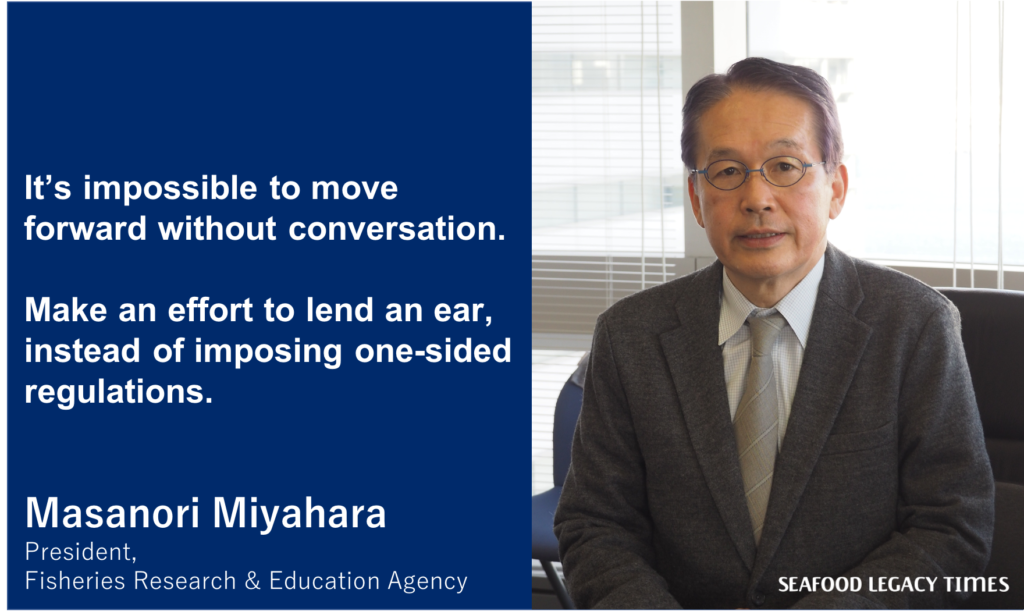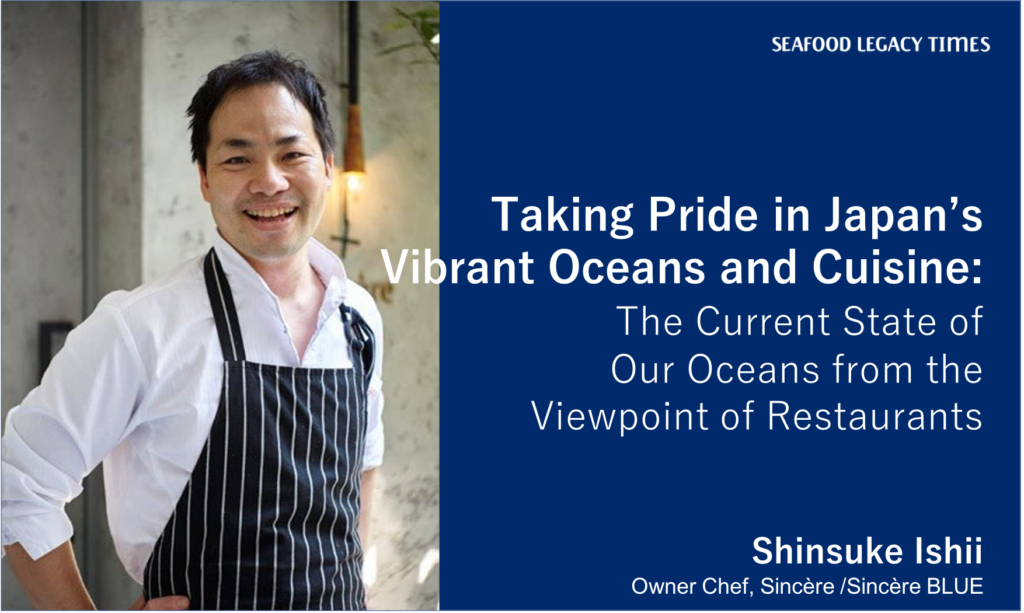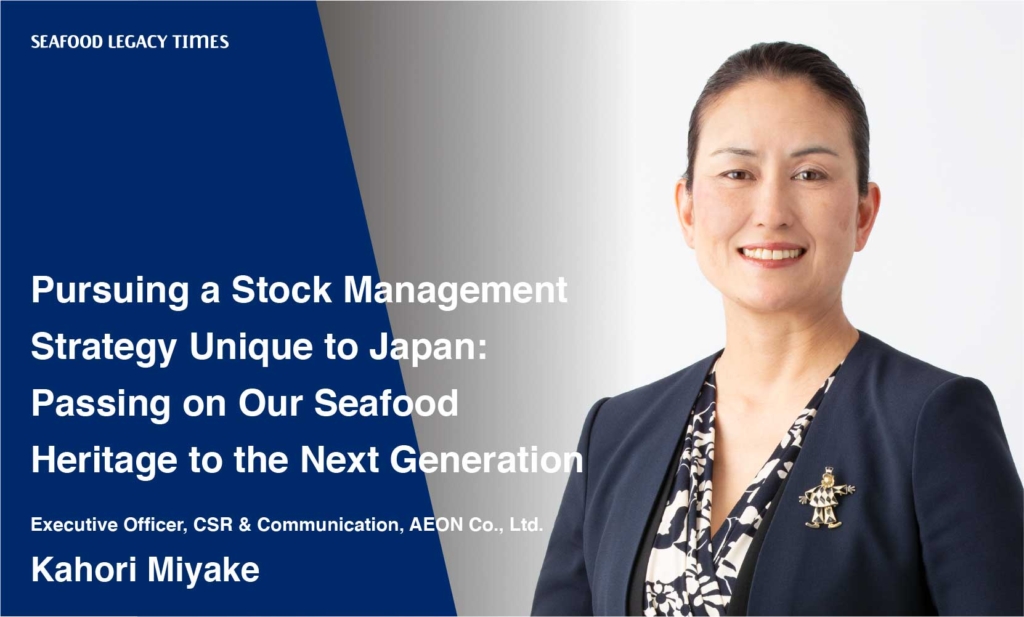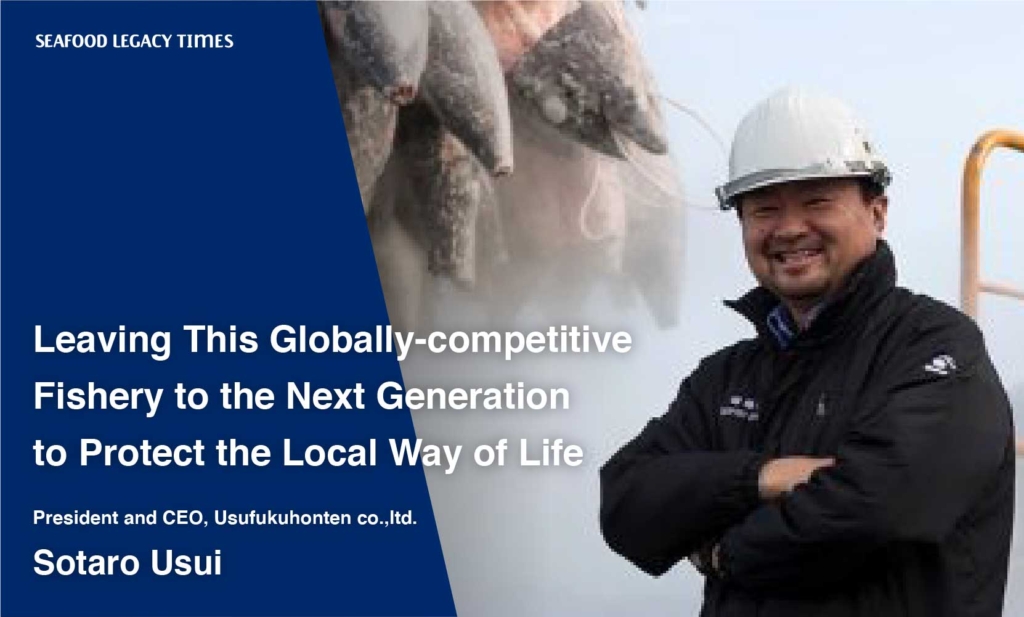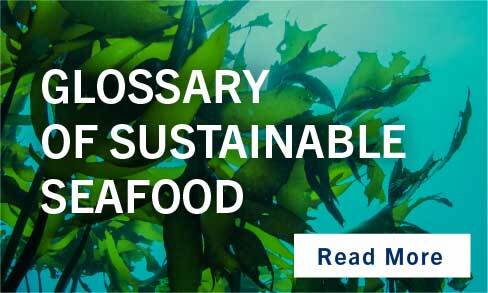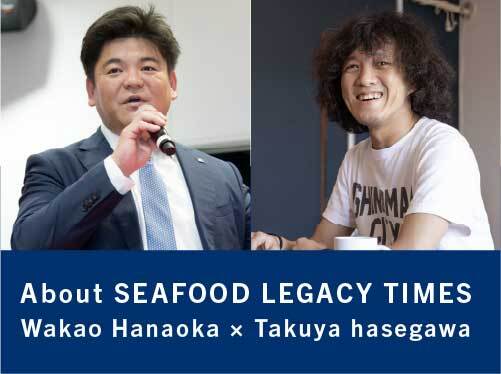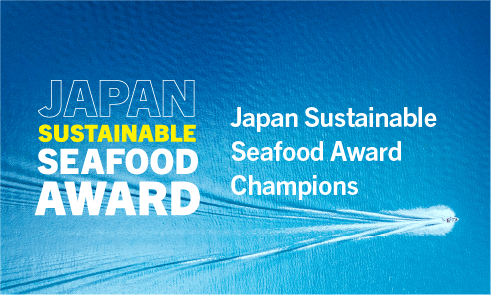
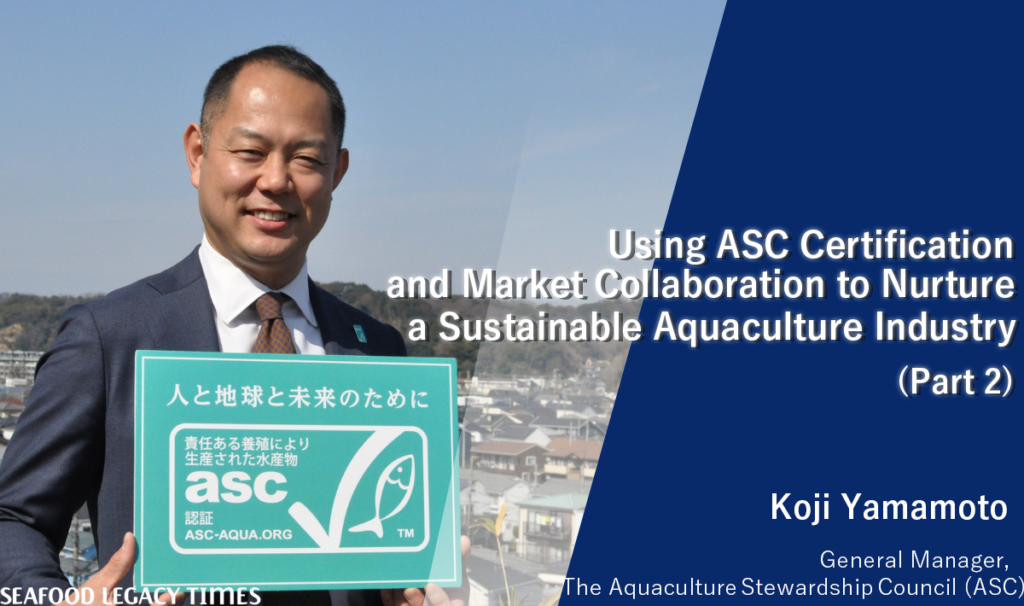
ASC’s vision is “A world where aquaculture plays a major role in supplying food and social benefits for humanity whilst minimizing negative impacts on the environment.” In pursuit of this vision, the ASC issues ASC certification to aquaculture farms that meet standards set by the organization. Currently, there are 1,660 certified aquaculture farms worldwide and 89 in Japan. Furthermore, 20,410 products worldwide carry the ASC label. (Information as of February 2022.)
Mr. Koji Yamamoto, General Manager of ASC Japan, currently works to promote ASC certification in Japan. He has spent many years in the field observing aquaculture sites around the world. Mr. Yamamoto spoke with us about his understanding of aquaculture in Japan and his thoughts on the ASC’s efforts, which affect the entire supply chain from production sites to distribution and retail.
―― You have many years of experience with aquaculture sites overseas. How do you see the current state of Japan’s aquaculture industry?
The first thing I sense is polarization. Large companies in Japan are vertically integrated. Some may have their own aquaculture farms that handle spawning and fertilization in-house. It is often cases like these that hold ASC certification.
On the other hand, there are also many small-scale, privately-run aquaculture farms similar to those in Southeast Asia. These farms often function through exchanges with various intermediaries. From my experience on-site in Southeast Asia observing the formation of business groups, I feel there is more that can be done to make use of the strengths of the Japanese fishery cooperative system.
It may be difficult, but I believe various stakeholders in the private sector can work to implement policies that better suit particular operational structures. The government also needs to raise the bar when it comes to amending the Fisheries Law. There is also much room for further corporate innovation.
 An ASC-certified Seriola farm in Kushima, Miyazaki. (Photo courtesy of Koji Yamamoto)
An ASC-certified Seriola farm in Kushima, Miyazaki. (Photo courtesy of Koji Yamamoto)
―― Will working on AIP and related projects while aiming to meet ASC standards naturally lead to aquaculture innovation?
I think it is a challenge for producers to collect information on their own. ASC certification is an international standard. It reflects global trends and is rich with best practices. We hope that producers will make good use of these standards.
Of course, what is the best today may not be the best tomorrow. So, we make a point of updating ASC certification standards and making improvements based on stakeholder input.
―― What future improvements to ASC certification are intended?
First, we will unify standards for each of the 12 certifiable fish species (*). Many species such as tuna, eel, and mackerel are not yet covered by the certification. However, for previous species, certification creation involved a long process in the developmental stage with repeated reviews of stakeholder input. It would be inefficient to do this for each new species. By unifying standards, we will have an organized framework that makes it easier to add fish species in the future.
Then there is the question of feed. From the fall of 2022, feed companies will also be subject to screening. Until now, farms were the subject of review, but feed information was submitted by the farm to the judges after data was received from the feed company. However, when one considers the complicated environmental and social impact of feed materials, I believe a strict screening of feed companies is also essential.
―― How well is ASC certification recognized in Japan?
According to 2019 survey data, the awareness among general consumers is about 10%. We will hold another awareness survey this year. I hope the number has grown to about 15% … In Europe, about 40% of citizens, or almost half, know of ASC certification. However, in Japan, despite a certain awareness now among industry insiders, recognition is still not widespread amongst consumers. Since ours is a certification system that functions with the aid of the market, the system will not work unless market awareness grows.
―― How will you work to raise awareness among general consumers? What do you expect from fisheries businesses in the supply chain?
In today’s world, social networks play a big role. So, one thing we want to do is to run a campaign focused on that. We also want to work on educating the younger generations in schools, but there is the question of what exactly we should do. Some textbooks and illustrated reference books have come to cover information about our activities, but there is still a long way to go. The SDGs and related initiatives are featured in TV programs for children. We want to take advantage of such world trends and do something similar, such as working with classes, school lunches, and things like this.
 Mr. Yamamoto wearing a shrimp hat for a lecture given as part of a Sustainable Seafood Week campaign in 2018. (Photo courtesy of Koji Yamamoto)
Mr. Yamamoto wearing a shrimp hat for a lecture given as part of a Sustainable Seafood Week campaign in 2018. (Photo courtesy of Koji Yamamoto)
As for fishery businesses in the supply chain, I would like for them to take a more active role in promoting sustainable seafood to retailers and customers.
―― What image do the Japanese people have of aquaculture? Do they see it differently from those overseas?
They do. This is interesting and there are many possible reasons. Japan has a rich food culture and a large number of fish species. Overseas, things can be different. For example, supermarkets in the United Kingdom may carry so few fish species that you can count the varieties on the fingers of both hands.
Japan has a unique fish-eating culture, with the “ikijime” technique used to preserve freshness being only one example. There are many delicious fish varieties, so it is natural to feel that seasonal, wild-caught products are the best. Some Japanese consumers may have the image that farmed fish is greasy, sluggish, and loaded with antibiotics.
In reality, the quality of recent aquaculture products is well controlled. The advantages of aquaculture, which include added stability to quality and price, are viewed more positively overseas.
Globally speaking, aquaculture is essential when it comes to securing adequate protein sources for the ever-growing world population. I myself am also a fish lover, and it is scary to consider the thought of Japan losing its fish and fish-eating culture. Therefore, when it comes to food culture, I believe a future where wild-caught and farm-raised products coexist is the best.
―― Your contributions have focused on aquaculture for many years. Where does your motivation come from?
When I was a student, I wanted to run my own aquaculture farm and develop delicious products to share with the world. I went down a slightly different path from that, but looking back, my work to develop the aquaculture industry itself is connected to the improvement of production sites, developing production environments, and changing society for the better. Everything is connected. In the end, what I like to do is to nurture things and help them grow.
―― Is owning a farm part of your plan for the future?
Recently I have not thought of doing so. I enjoy what I do now, and I think there are many ways to be involved in aquaculture. However, I do wish to keep this as a possible future option.
―― What is the most fun thing you are doing now?
In my work for the ASC, I have the opportunity to visit farming locations. There are also opportunities to meet and talk with aquaculture businesses. At the same time, I can be involved in the entire supply chain, from production and processing to distribution and retail.
 Cuisine from Japanese restaurant Kijima, which promotes ASC-certified products and other forms of sustainable seafood use. (Photo courtesy of Koji Yamamoto)
Cuisine from Japanese restaurant Kijima, which promotes ASC-certified products and other forms of sustainable seafood use. (Photo courtesy of Koji Yamamoto)
For example, during a small New Year’s party, I had the opportunity to eat ASC-certified fish at a restaurant. The producer of that fish was an organization that I knew of before they acquired ASC certification, and I was aware of how much effort went into the acquisition process. It was a wonderful feeling to be able to eat that delicious fish and experience firsthand how the entire chain is connected from start to finish.
Koji Yamamoto
Born 1978 in Ibaraki Prefecture, Mr. Yamamoto holds a bachelor’s in marine biology from Bangor University (UK) and a master’s in aquaculture from James Cook University (Australia). His experience with aquaculture sites ranges over 20 countries in Asia, Africa, and other continents. Mr. Yamamoto joined the Network of Aquaculture Centres in Asia-Pacific (NACA) in 2005, the United Nations Food and Agriculture Organization (FAO) in 2010, and went on to help develop the 2011 FAO Aquaculture Certification Technology Guidelines. Since 2017, as the representative of ASC Japan, he has worked to spread ASC certification within Japan to promote responsible aquaculture that considers both environment and society.




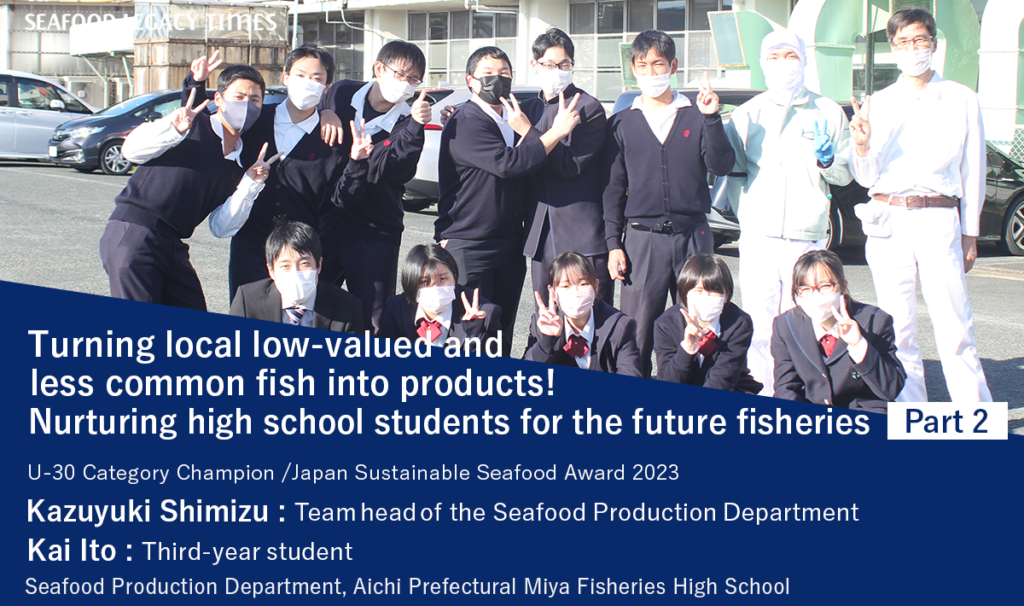
-1024x606.png)


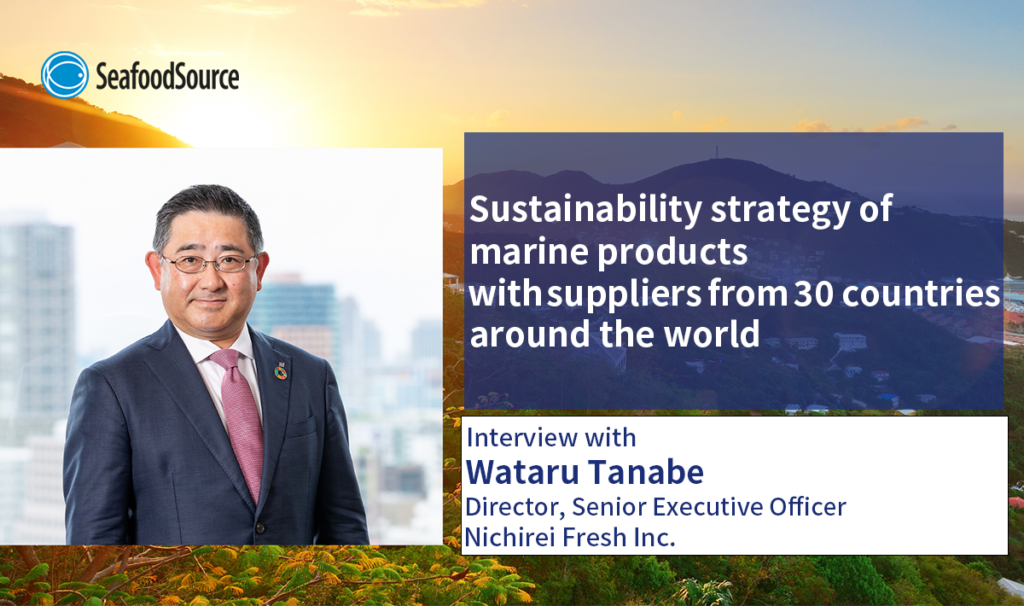
_-1024x606.png)

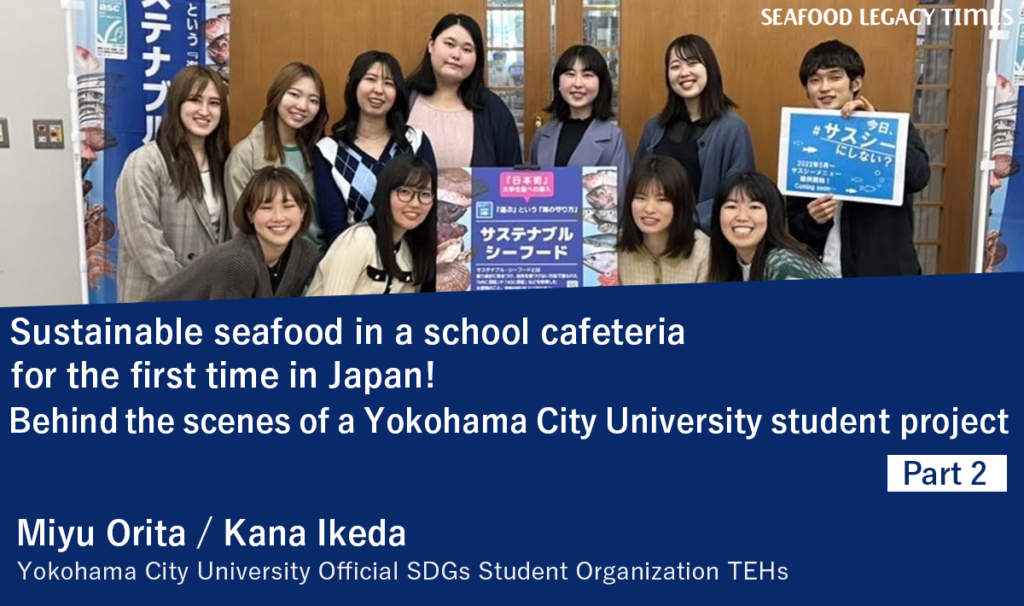
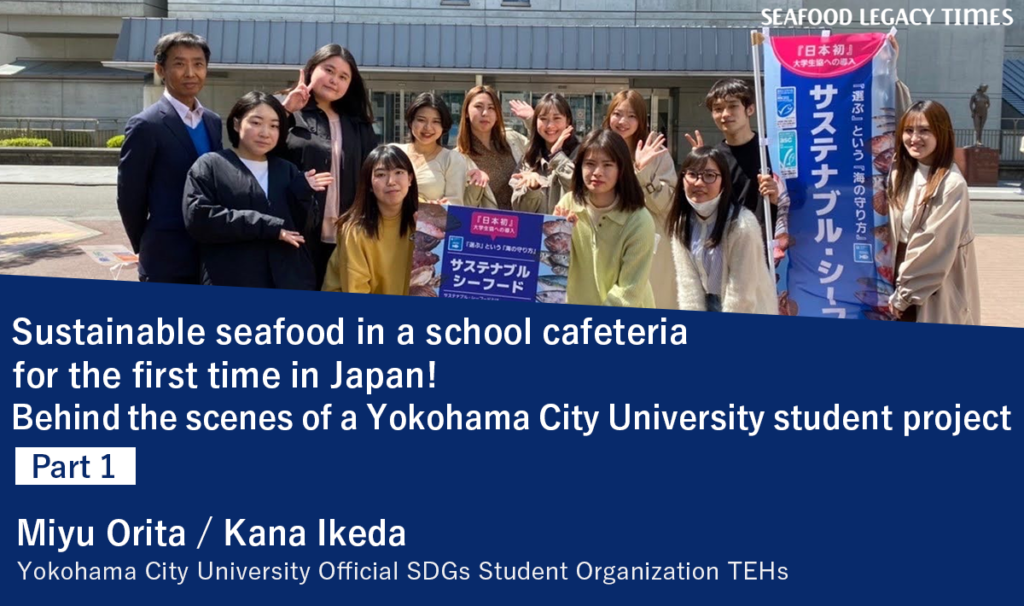



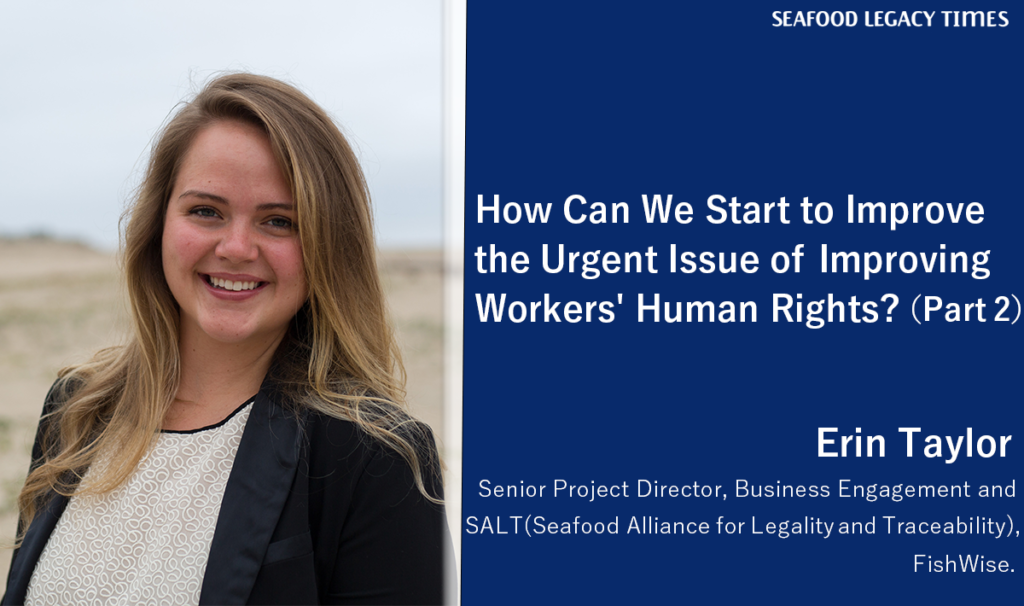
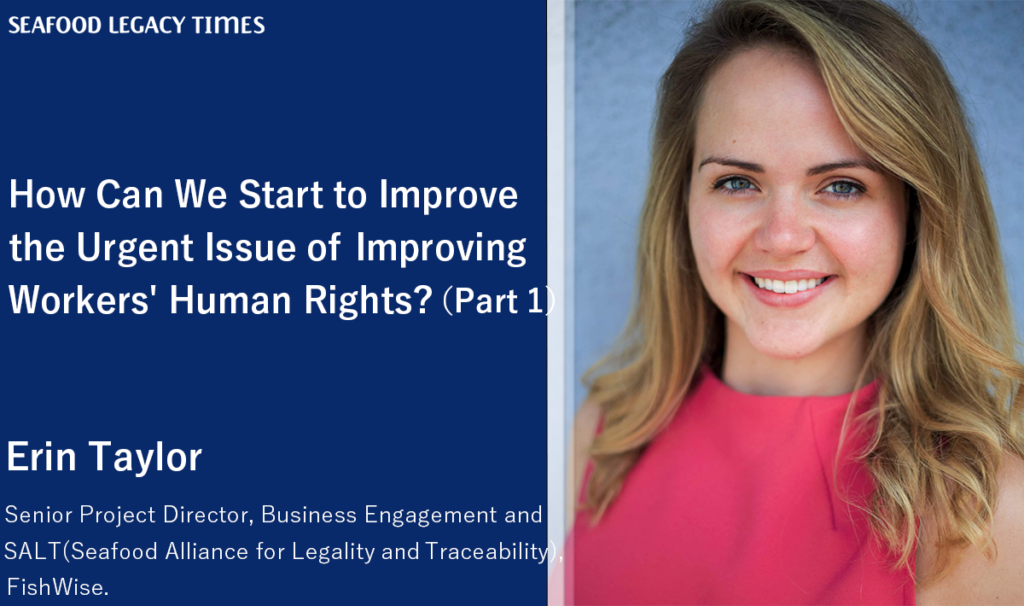
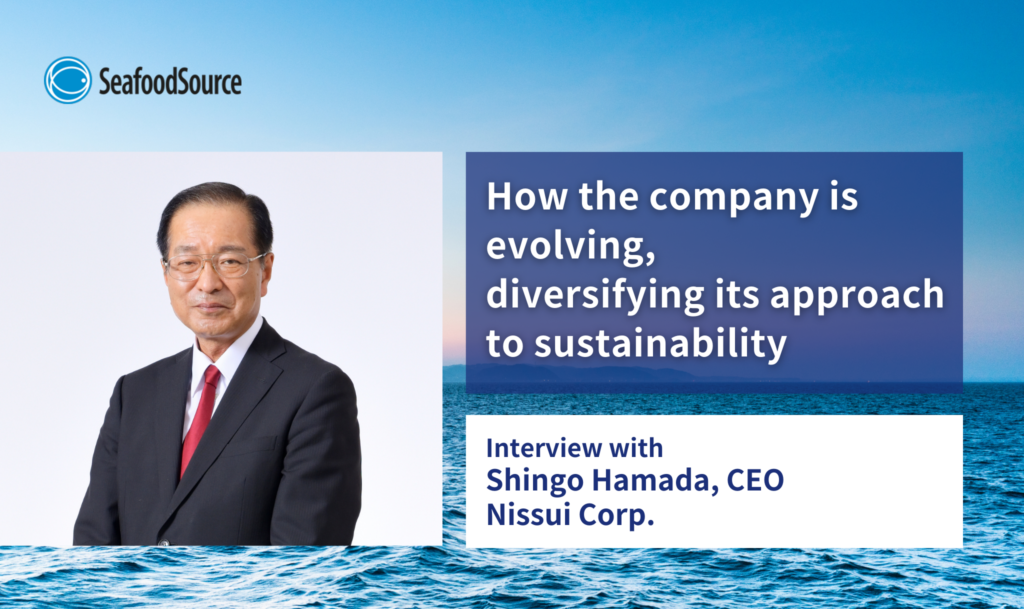




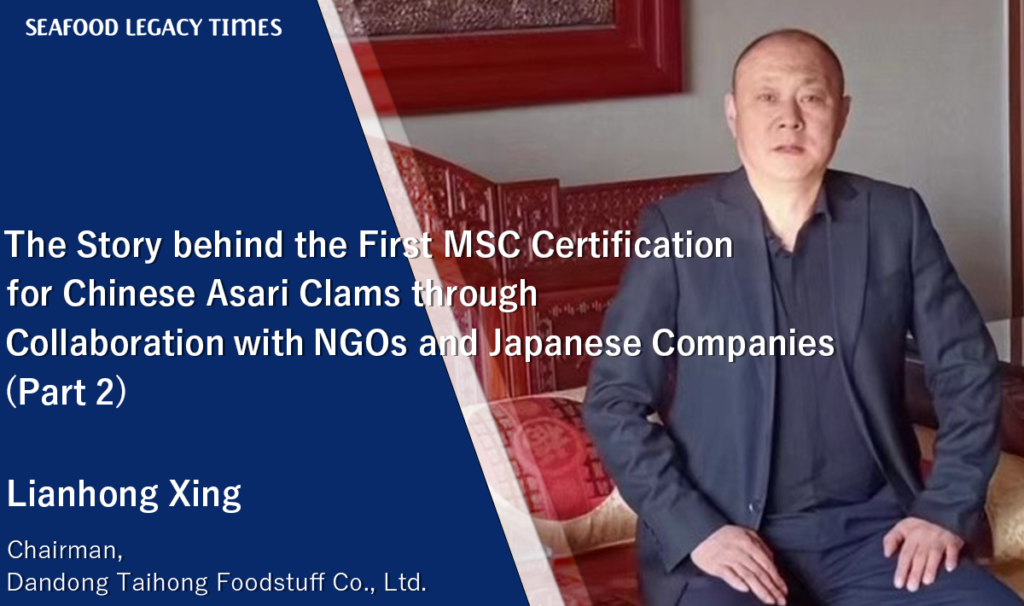
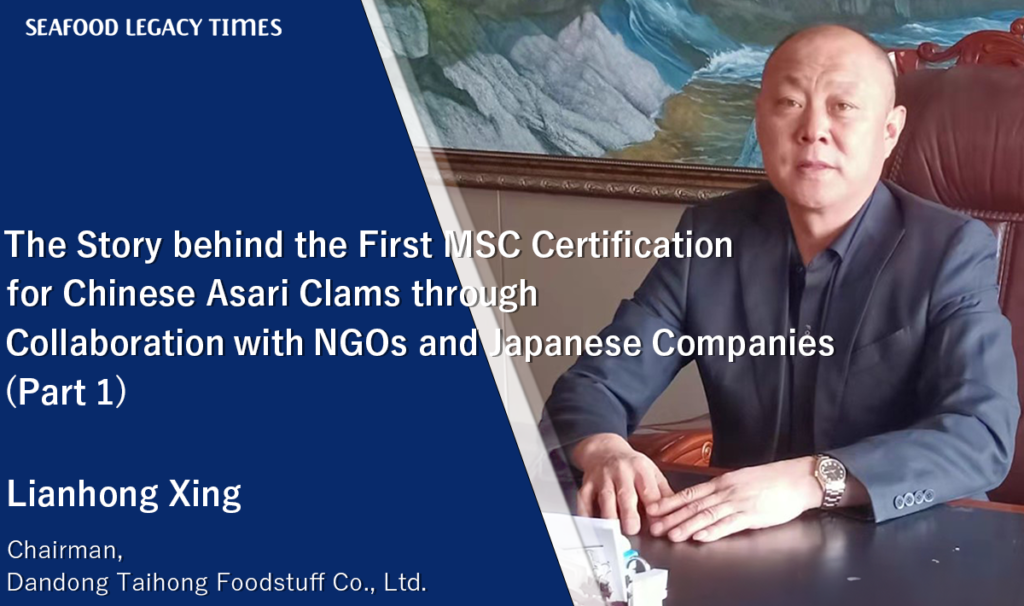

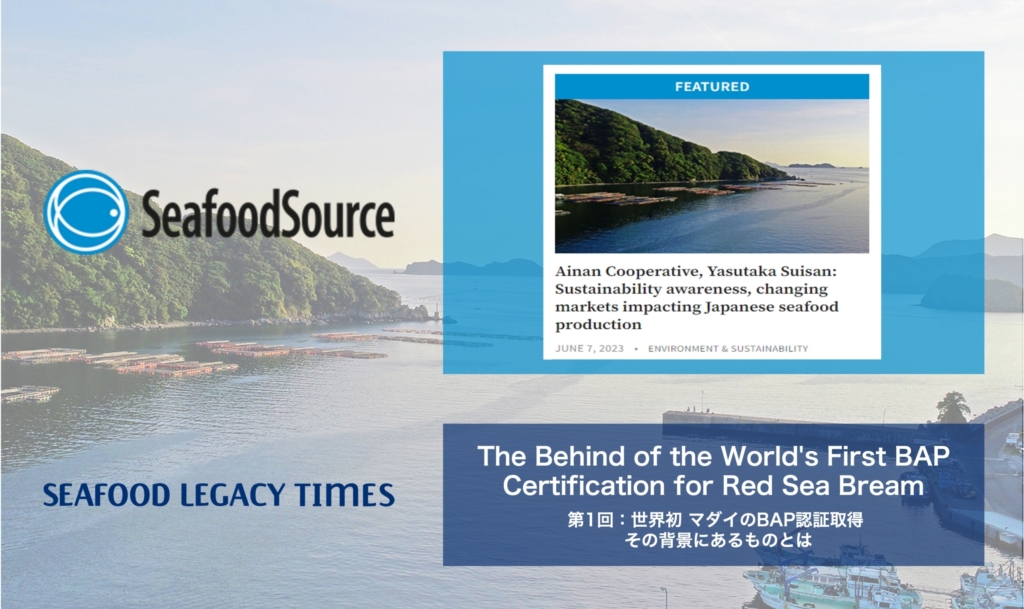

1_修正524-1024x606.png)


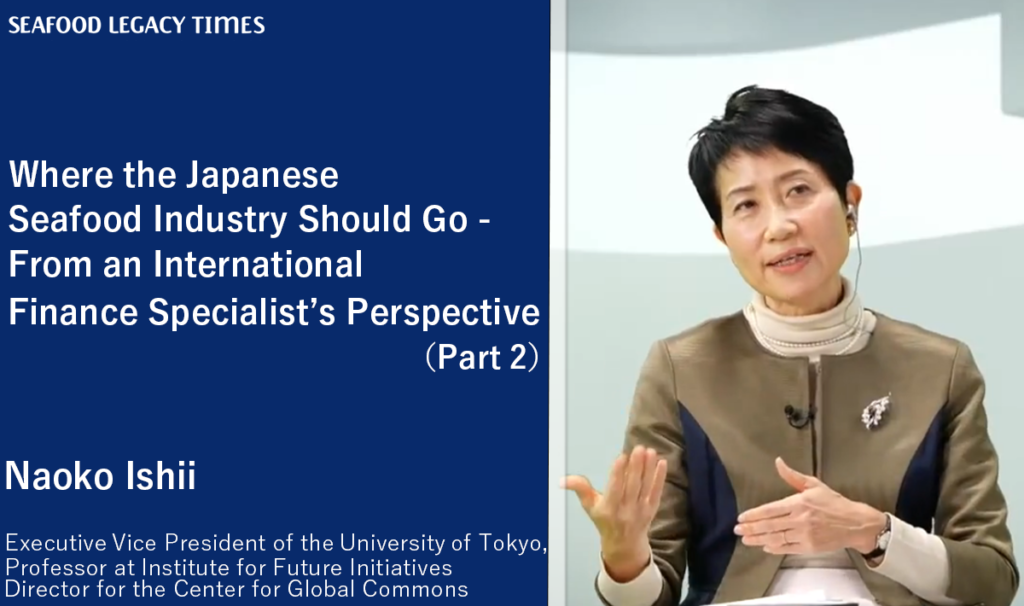







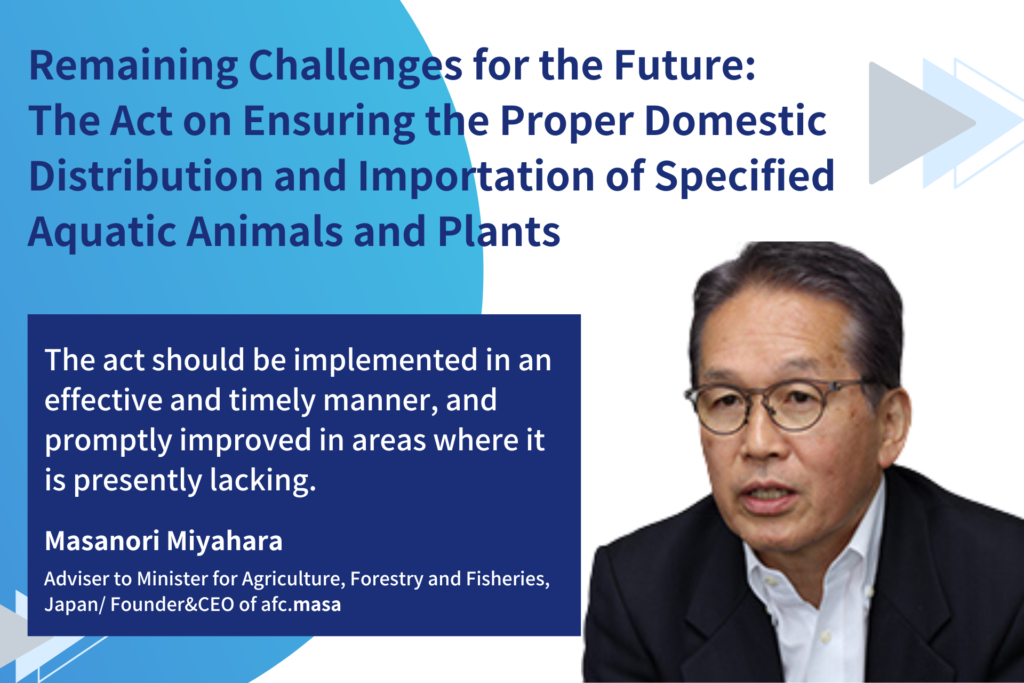
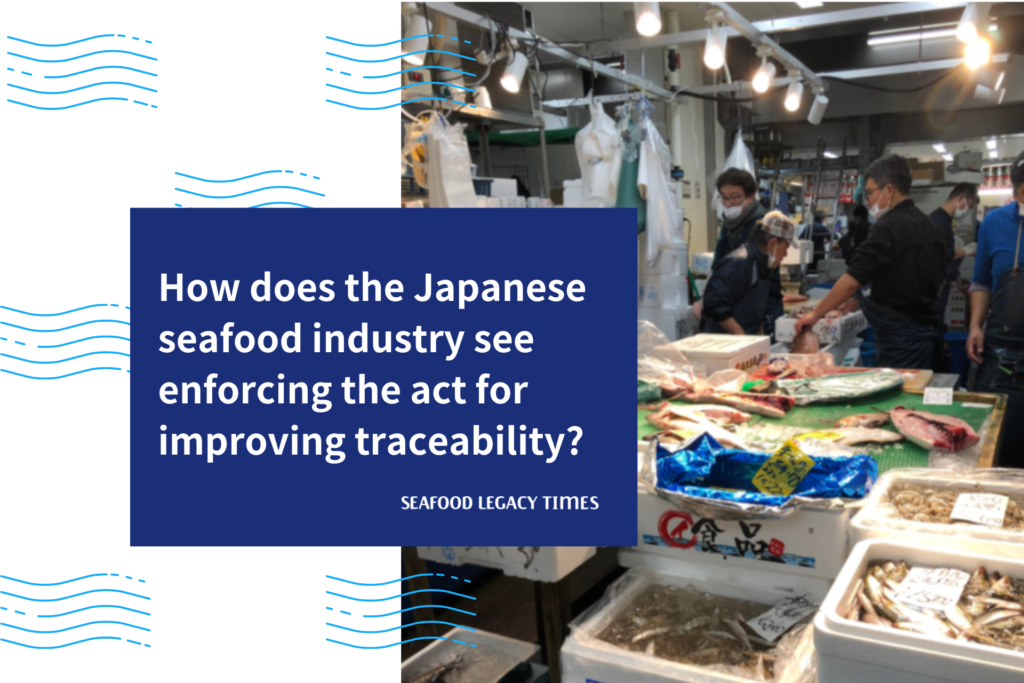



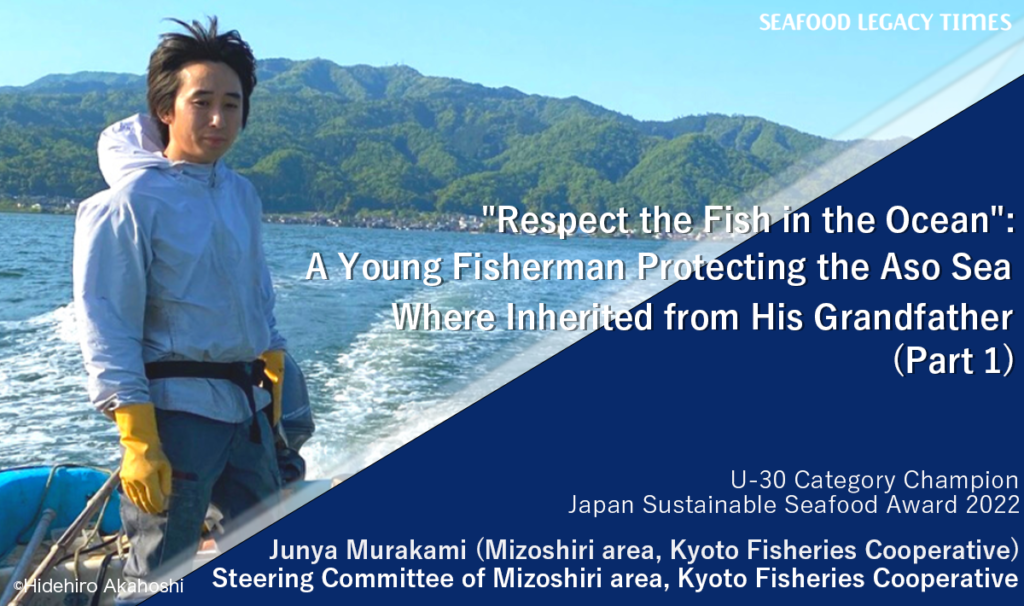
.2-1024x606.png)
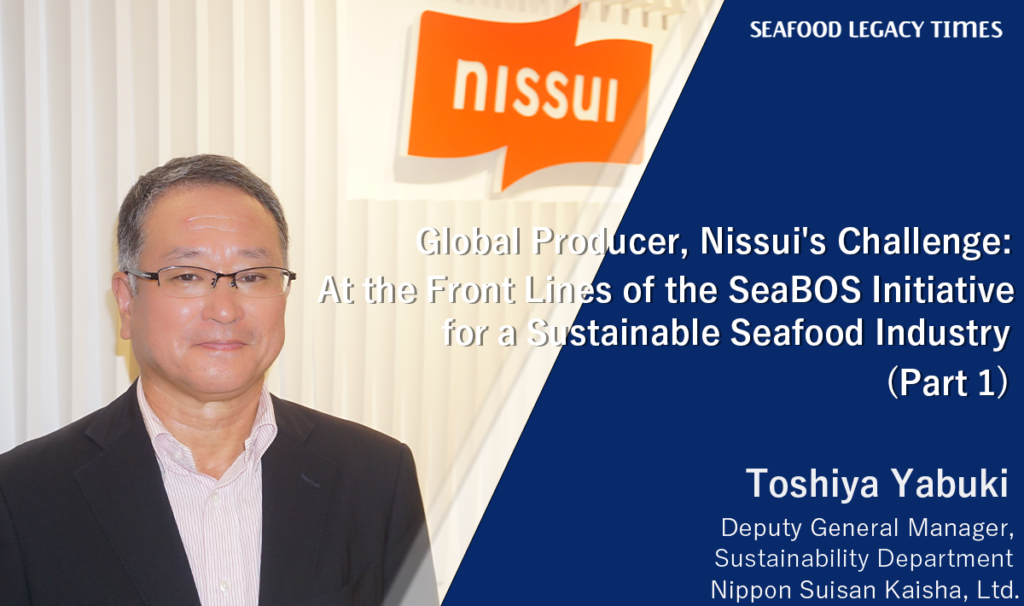
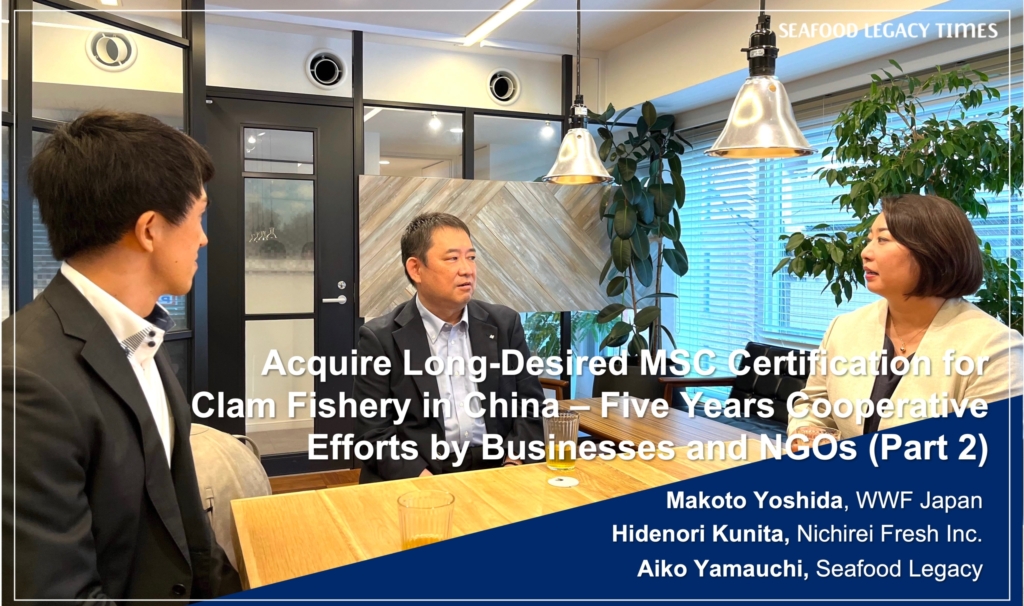
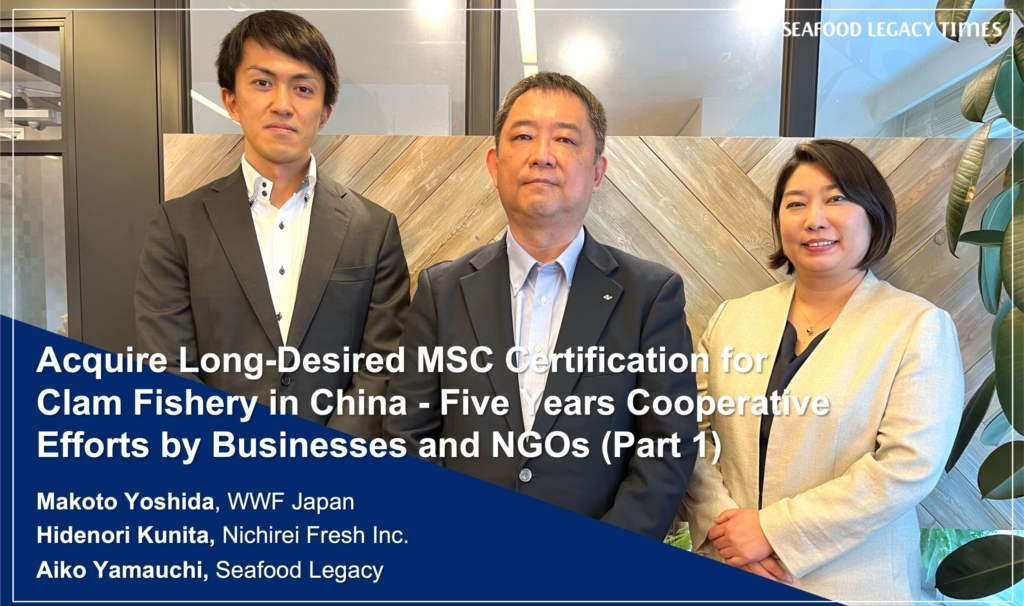






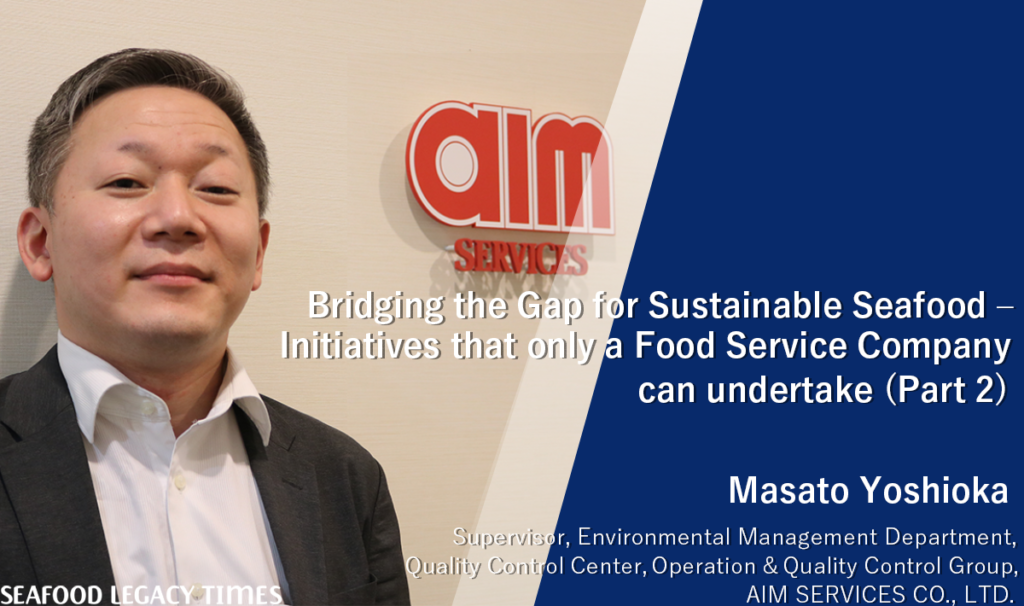
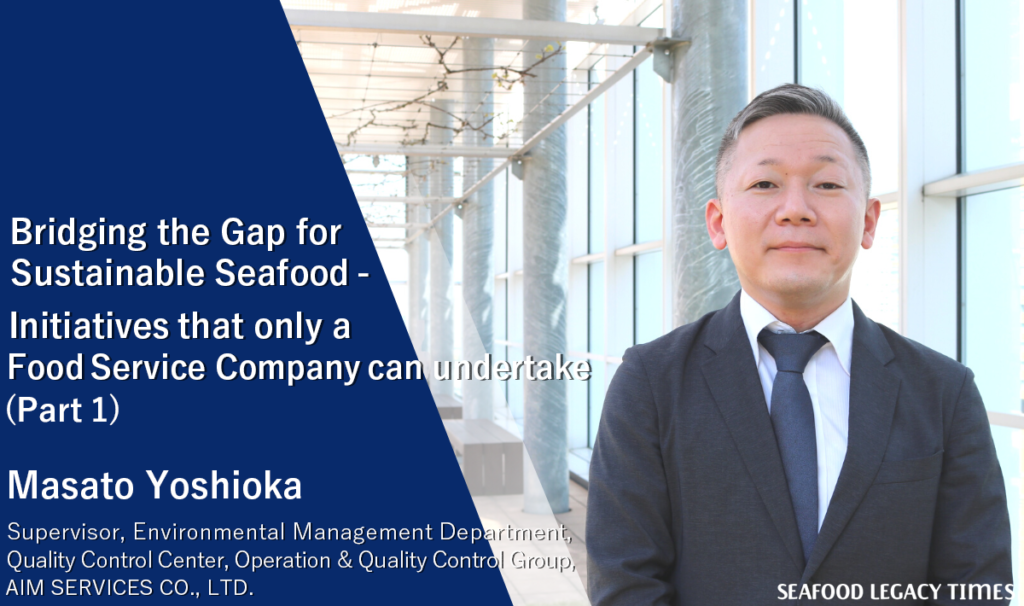
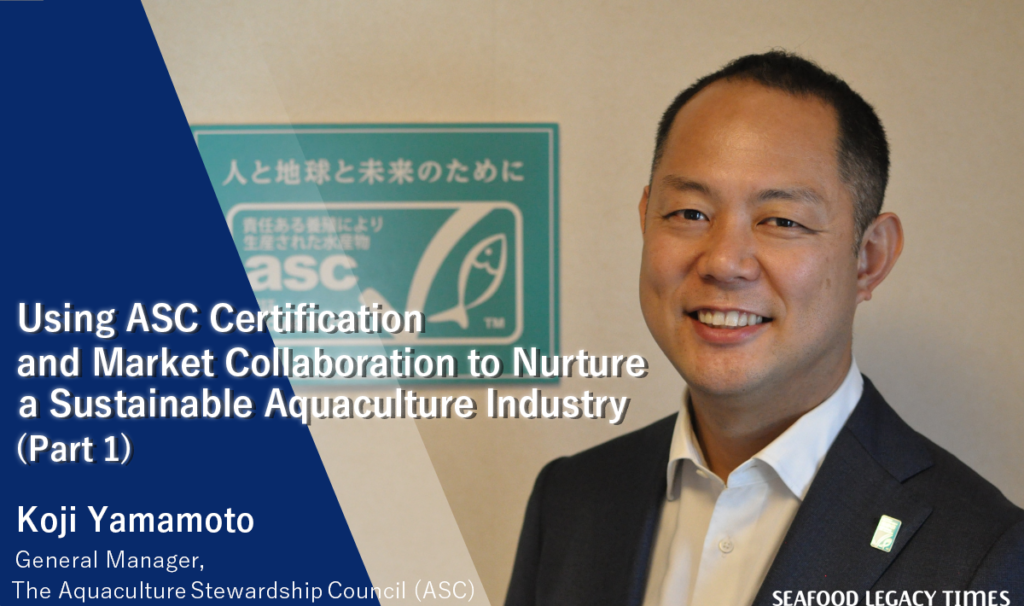

2-1024x606.png)
-1-1024x606.png)
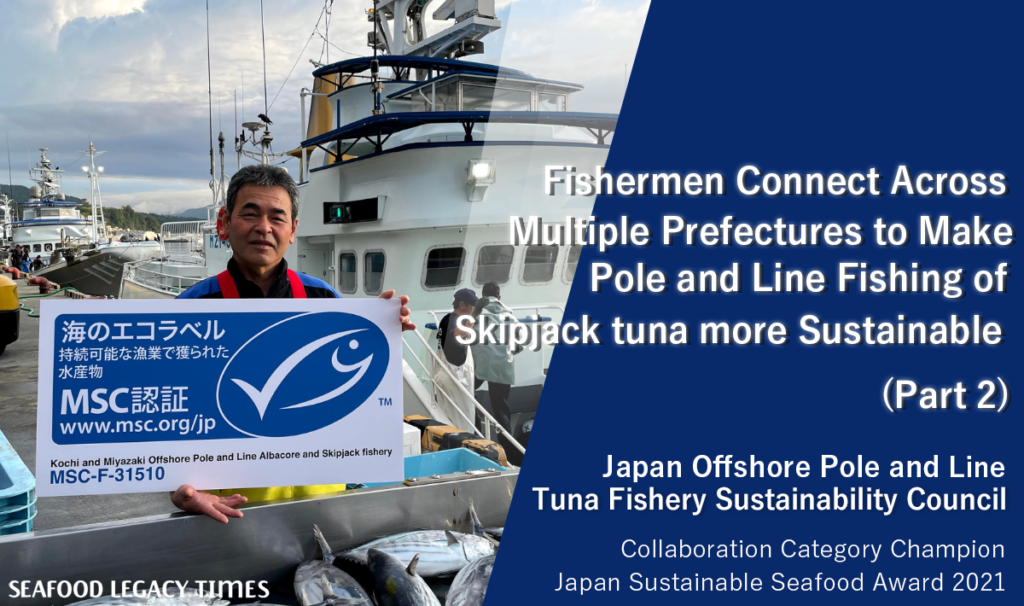
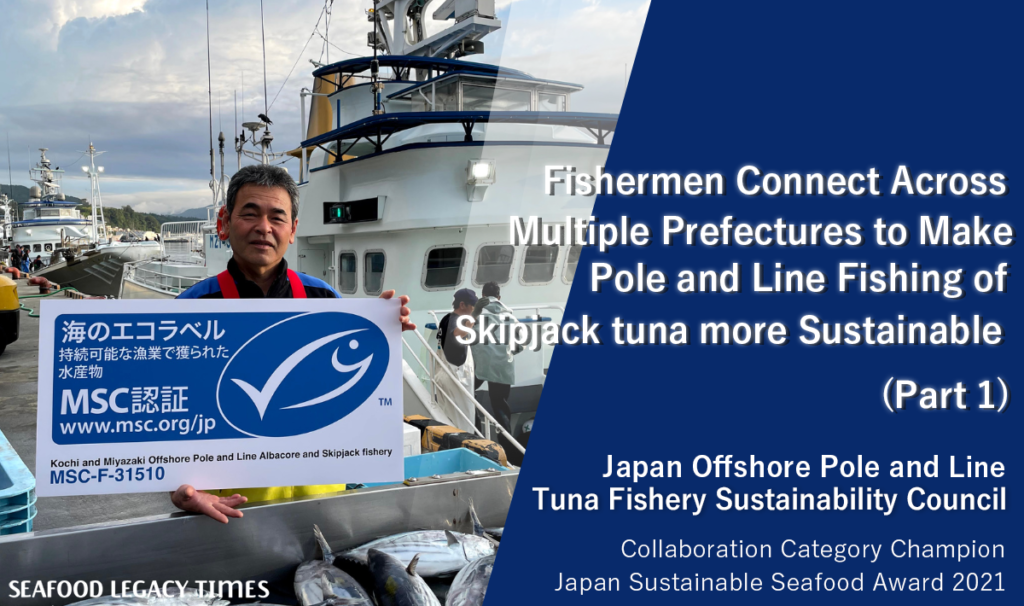
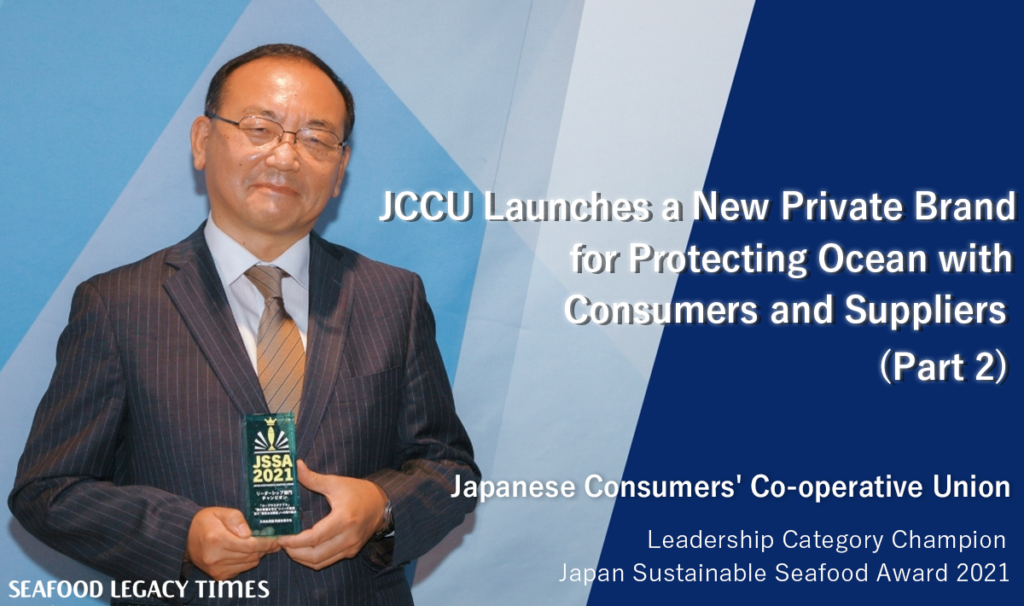
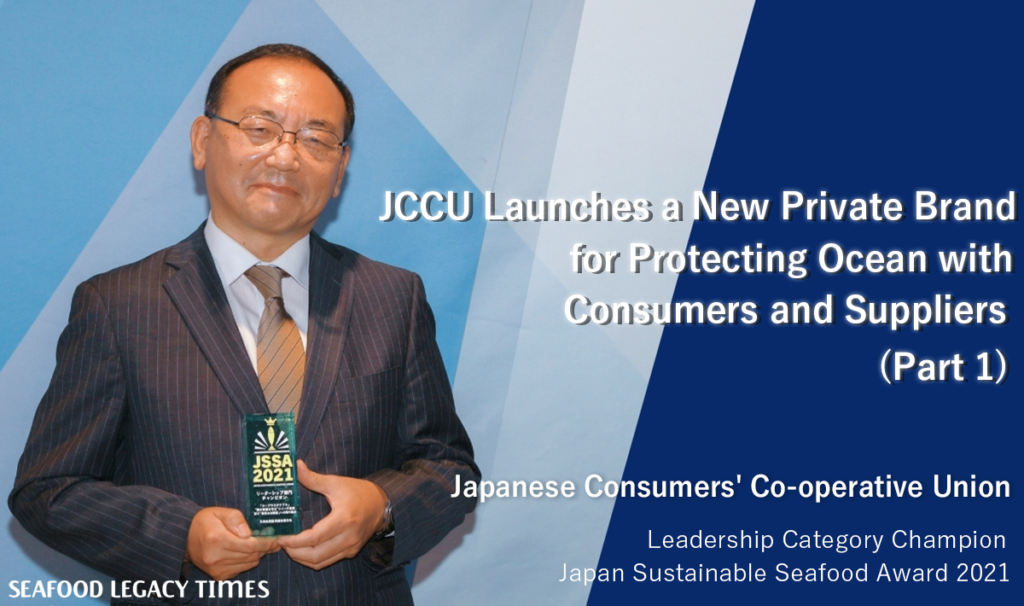
Part2-1024x606.png)
Part1-1024x606.png)
